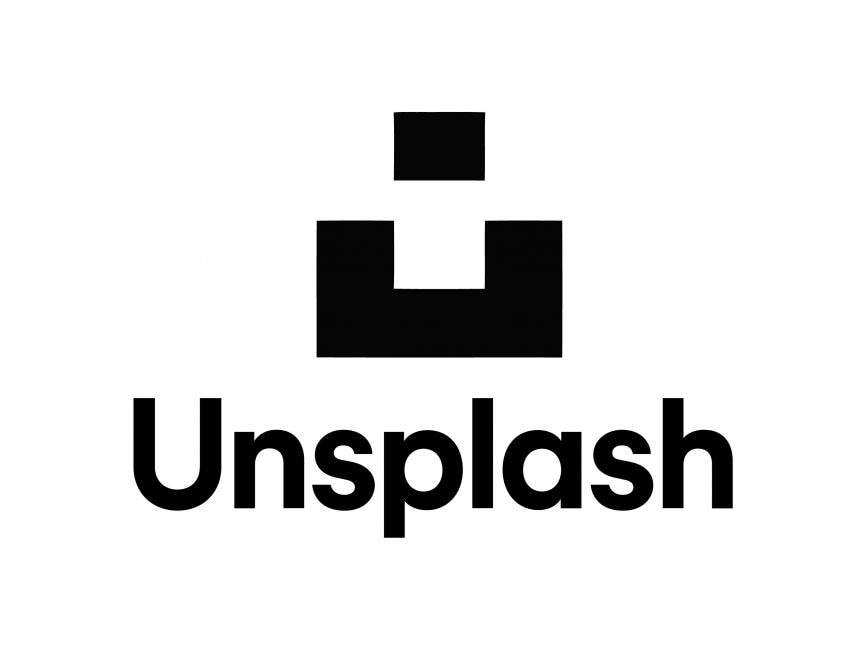Personal Project | UX design | Research
Goal
Enhance the user experience for Dupe Photo's photographers by improving the image submission and management process.
Timeline
5-28 June, 2024
Website
https://dupephotos.com/
I am not affiliated with Dupe Photo's; this project stemmed from my personal frustrations.
Noticing that others shared my frustrations, I saw this redesign as an opportunity to enhance the user experience.
BACKGROUND
Dupe Photo's is a stock photography website that focuses on relatable, social-first imagery
Objectives
Research methods
To understand the industry and Dupe Photo's niche, I employed three research methods:
Target audience research
To deeply understand Dupe's target audience and their needs.
Online survey
To gather insights on how photography enthusiasts view and use stock photography sites and their goals.
Keyword research
To identify popular search terms related to stock photography.
To understand Dupe Photo's user flow and usability issues, I used:
Competitive analysis
To gain insights into industry conventions, competitors' strategies, and improvement opportunities.
Usability testing
To validate my assumptions about Dupe Photo's usability issues with actual users.
Analysis
I used the following analysis methods to comprehensively understand the research results and align industry findings with usability issues and business goals:
Affinity diagram
To combine all the research findings into a clear and comprehensive overview, I created an affinity diagram. With this I was able to analyse the industry and niche research with the actual user flow and usability research to ensure that I prioritise the right issues in my redesign.
2x2 Matrix
To align the redesign with business objectives, I created a 2x2 matrix to prioritize user and business concerns.
Customer Journey Map
To gain a holistic view of the customer experience, I created a Customer Journey Map to identify moments of frustration and delight in the image upload process.
KEY INSIGHT
The website has poor discoverability, impacting user confidence when using the platform.
KEY FINDINGS
How did I get there?
IDEATION
Developing the solution
Let's get started!
Information Architecture
Navigation and labelling play a major part in aiding discoverability. That's why my first point of business was to look at the information architecture of the site. I mapped out the current information architecture, and made an improved version that makes it easier to navigate the website.
Current IA
The existing IA is broad, with duplicate links and unclear labeling, making important pages like Contact and License information difficult to find.
Redesigned IA
The new IA is deeper, allowing the focus to be on the most important items and providing users with more information should they want it.
Low fidelity prototyping
From the competitive analysis of Dupe's competitors, I was able to identify design conventions and layout choices that seem to work well for stock photography websites. I sketched out possible design solutions in Procreate before committing to high fidelity prototyping. This allowed me to try out different layouts and iterate them easily.
Top bar navigation
Addressing the challenge of accessing critical information that allows users to feel confident uploading and downloading their work to the site, I revamped the top navigation bar to include the pages that all users need easy access to.
Footer
I implemented a site-wide footer on all pages without infinite scroll, including links to important information, Dupe's privacy policy, terms of use, social links, a newsletter signup, and a mission statement tagline.
Menu
I reorganised the drop down navigation, creating a section for personal links and a section for organisation related links.
Improved discoverability
I added pages and elements that inform users about the most important information and gives them an option to learn more if they want to. Important to note that this will also help reduce Dupe's liability and complaints.
Functional prototype
I used Figma to create a functional website prototype.
Reflection
I was excited to take on this project as an avid Dupe Photo's user. Conducting research, understanding the user base, and analysing my findings deepened my appreciation for UX and allowed me to hone my skills.
These are the key lessons I learned:
Remaining critical in my analysis to avoid personal biases.
My initial thesis suggested that the image upload flow, particularly the inability to upload multiple images, caused the most friction. Being able to change course without being precious about my initial idea was key.The importance of aligning customer needs with business objectives.
This focus revealed that poor discoverability was Dupe's main usability issue, guiding the redesign. By focusing on this one impactful issue, I was able to solve many other issues at hand.
Appendix A - Research

The target audience
Dupe Photo’s targets younger women who have an interest in photography, fashion and design.
They’re Instagram following consists mostly women aged 18-24 (37.94%) and 25-34 (32.34%). Only 18.07% of their followers are male. They’re followers are mainly based in the United States (43.2%) and the UK (6.75%).
Online survey
13 respondents that comes close to the target audience of Dupe Photo’s filled out my questionnaire, with the ages leaning slightly to the older side.
Key insights:
Only one person has submitted their photo’s to a stock photography website, and their main incentive was to earn additional income.
The most common reasons participants do not post their pictures on stock photography websites are:
Pictures too personal (46%)
Unclear what the incentives are (15%)
Not getting paid (15%)
The common thread when analysing what could convince the participants to share their images is clarity about incentives, most notably how much they can earn, but also travel opportunities and networking were mentioned.
What do photographers want?
I also did some research on Answer The Public to see what people are searching for related to stock photography. A common trend I saw was that most of the searched questions relating to stock photography are about making money with stock photography.
‘’How much money can you make from stock photography’’
‘’Which stock photography site is best to sell to’’
‘’Where to sell stock photography’’
‘’Can you make money with stock photography?’’
‘’Stock photography income’’
Usability test
To uncover the usability issues, I did a usability test with one of the survey respondents who fit Dupe's target audience demographic. I asked him to perform a few predefined tasks on the website and recorded his actions and took notes. Some of the tasks were:
Read up on the licence to gain an understanding of what uploading images means for you as a photographer
Upload the 3 images to the website
Find the insights on your uploaded photo’s
The usability test uncovered some of the usability issues that I expected to see, and also some I didn’t expect. Here are the key quotes from the usability test:
'’Ah there are requirements? That wasn’t clear to me. If I want to post something here, I’d like to be aware of the requirements before uploading something’’
''Style Guide as a title doesn’t really say much to me’’
'’It would be nice if I could upload multiple images at once’’
‘’I don’t have any option to get more information if I wanted to.’’
'’If I was working for a company, I would never use these images because I’m not sure I’m allowed to. It’s safer to avoid the legal battle’’
‘’I would’ve liked to see Downloads. Downloads should be a stat I’m seeing next to likes and views.’’
Appendix B - Analysis methods
Affinity diagram
I created an affinity diagram to organise all the research into groups, this allowed me to identify the key issues for some of the main user flows.

2x2 matrix
To get clear on which issues to focus on, I created a 2x2 matrix that mapped which issues are important for Dupe's users and which issues are important for Dupe as a business. My conclusion was that improving the discoverability will benefit the user and the business the most. It will allow users to easily find information on the site, and thus feel more confident in using the site. This means more uploads and more downloads.
Customer Journey Map
I wanted to gain a holistic view of the customer experience, and created a Customer Journey Map to uncover moments of both frustration and delight throughout the task of uploading images on Dupe's website.
I found that again, the poor discoverability on the site was the main factor for frustration in the user experience and is particularly critical in the consideration phase where people are making the decision to use or abandon the site.








































